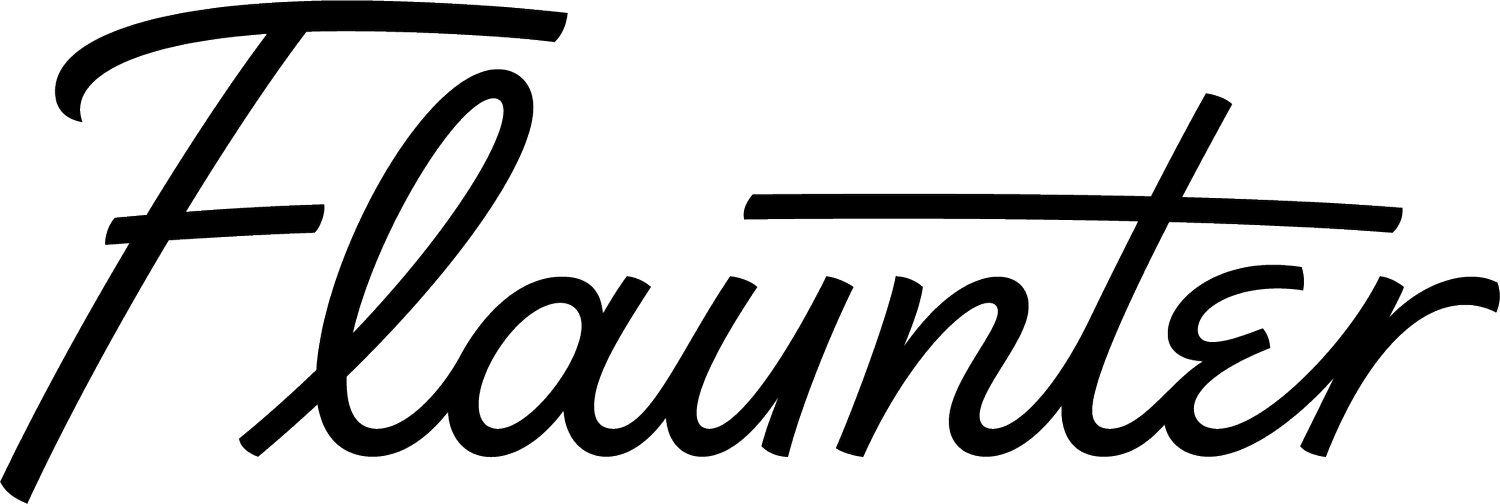How To Get Your Talent Media-Ready
Whether they’re prepping for a podcast spot, fronting a press conference or just having a chat to the local paper, it’s important for your talent to represent your brand well.
While your talent might know your brand inside and out, a media interview is a different ball game, which is why media training is a vital service PRs can provide. We’ve rounded up a few of our favourite media training tips below.
Pick your talent well
The most senior person in the team might not be the best person to stand in front of the cameras. You’ll need someone who is charismatic, who can think on their feet, and who reflects the values of your brand.
Research your interviewer
Are they likely to throw you a curly question or two? Prepare your talent with answers to possible questions, but don’t freak them out - make sure they know to come back to the key messages you’re trying to get across.
Think like a politician
Okay, probably the only time we will give you that advice, however politicians are (typically) great at staying on message. They have one key thing they want to get across and no matter where a journalist steers them, they bring it back to that one soundbite they want the media to have. Practice your key messages but also practice ways to segue back to them if a journalist is trying to lead you onto a different topic of conversation.
It’s key to make sure you’re across your facts and figures when prepping for a media interview. You can give your talent a quick cheat sheet that outlines the key metrics to remember, but you want to make sure they don’t use it as a crutch and start reading from a prepared sheet when in front of the microphone.
Get in front of the camera
Video is such an important part of modern communications and there’s no excuse not to grab an iPhone and start recording. Get your talent comfortable in front of the camera by practicing recording content for your website, social media channels and other comms. You don’t need fancy equipment - a phone, tripod and ring light will do the trick.
Set the scene
Many interviews these days are conducted remotely, with participants dialing in via Zoom. Make sure the environment your talent will be filming in is conducive to a great TV spot by:
Making sure they aren’t sitting with a light source behind them. This will leave the interviewer in shadow and blow out the background.
Getting them in a quiet spot - audio is the most important part of any interview, so make sure it’s not too noisy.
Getting them a good mic and headphones.
Using a ring light to have the talent looking and feeling their best.
Encouraging the talent to smile, if it’s a positive story.
Looking directly at the camera, not at themselves on the screen.
Refresh, refresh, refresh
Media training isn’t a one and done activity. You’ll need to offer refresher training to key talent regularly to ensure they are ready if they do have to front the media.
Image by @aminamuaddiofficial

